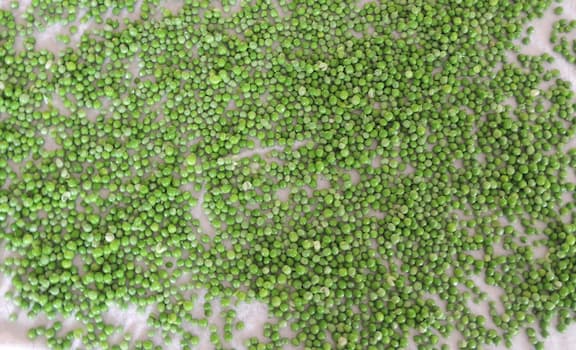Freezing Vegetables and Fruit

About Freezng Vegetables and Fruit from Your Garden
Your garden is producing a bumper crop. You’re eating as much as possible. You’re giving fruits and vegetables away. However, you’ve still got way more than you know what to do with. Freezing vegetables and fruit is the quickest and easiest way to save your bountiful harvest to enjoy at a later date. Avid home gardeners like you and me are only limited by the size of our freezer. Although, frozen foods have a shorter storage time than canned goods, freeze dried vegetables are a great way to preserve your garden goodies.
And here is more good news…you can freeze most fruits and vegetables. Leafy vegetables like lettuce are among the few exceptions. Defrosted leafy vegetables are limp and mushy, not an appealing trait for a salad.
Safety First: We always stress the importance of following proper measures to ensure your food is safe and edible. This includes cleaning all utensils before use, proper preparation, storage, and thawing. When using any foods, our motto is “When in doubt, throw it out”.
Freezing Vegetables and Fruit.
Freeze dried vegetables are best preserved when they are in peak condition and ripe but not overripe.
Always select the freshest, healthiest foods for freezing. Importantly, pick fruits and vegetables at their peak. Do not use fruits and vegetables that are overripe. Discard food with blemishes and soft spots, signs of plant disease, and insects. Wash thoroughly to remove dirt and debris. Peel skins and cut to size as desired.
About Enzymes
An enzyme is a protein found in all living cells. It is an organic “Catalyst” that causes foods to ripen and eventually spoil. Other than that, we’ll spare you the Chemistry 101 lecture.
Why the lecture on Enzymes? Because freezing only slows enzyme activity. It doesn’t stop it. Before freezing vegetables, blanch them to stop enzyme activity.
Freezing Vegetables - Blanch Them First
Vegetables should be blanched before freezing. The most common methods are boiling and steaming. Blanching in the microwave is also increasing in use. Bring a large pot of water to a boil. Add your vegetables, and boil or steam.
Learn how to blanch vegetables and blanching times
Also see: Blanching Times
Preparing Fruits
It is important to note that you do not blanch freeze dried fruits. Some fruits, like strawberries, can be frozen whole or sliced, and require no blanching. They are simply frozen as soon are they are prepared. For others like peaches and apples, ascorbic acid, not lemon juice, is used to retard enzyme activity. Another method is to pack fruits in sugar syrup to eliminate the browning effects of enzyme activity.
Freeze Dried Vegetables and Fruit - Packaging and Storage
Fruits and vegetables can be frozen in almost any airtight container. The most common is freezer bags (found at your local store) and plastic containers. Importantly, we stress “airtight” containers. Any opening is the pathway for air from your freezer to enter and cause freezer burn.
Pack food tightly. If you are using plastic bags, squeeze out all of the air.
Freeze foods as quickly as possible.
Most foods, including fruits and vegetables, are best stored at 0 degrees Fahrenheit.
Freezer Burns
Freezer burns occur when air gets into a package of food. The longer food is stored in your freezer, the more likely it is that the food will get freezer burned. The food becomes discolored, turning a grayish brown and leathery where it has been exposed to the air. Freezer-burned food is not unsafe. However, it tastes bad or “funny” and is unattractive in appearance. If the area affected is small, simply cut away the bad spot. If it is a large area, the taste of the whole package may be affected. In that case, you will want to discard it.
Tips for Thawing
Some foods like Turkeys require a slow thawing over some time. Vegetables, on the other hand, are best when taken right from the freezer and put directly into a pot of boiling water.
Most fruits should be thawed slowly in the refrigerator. They can be placed on the counter for a short period.
Important: Never allow frozen foods to thaw overnight at room temperature, or to reach above 40 degrees. Once thawed, harmful bacterias and microorganisms become active again and grow.
Freezing Vegetables - Related Topics
How to Make and Use Organic Manure Tea – without a doubt, it’s a great garden fertilizer
What to Compost – discover what materials to use and what not to use.
Compost and Mulch – in short, use these liberally in your garden.
About Composters – learn about compost tumblers, compost bins, and their features.
Please support our site. Shop for:
- rmmatthews100@hotmail.com
- 585-721-6528
- Rochester, NY
©1999-2024 GardenersNet.Com, All Rights Reserved

